 Festus Russell
Festus Russell
Entry Category: Four-Year: Colleges and Universities
 Festus Russell
Festus Russell
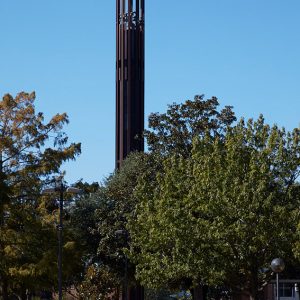 SAU Tower
SAU Tower
 SCA License Plate
SCA License Plate
Shorter College
aka: Bethel Institute
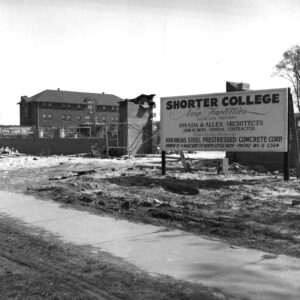 Shorter College Construction
Shorter College Construction
 Soul Society
Soul Society
Southern Arkansas University (SAU)
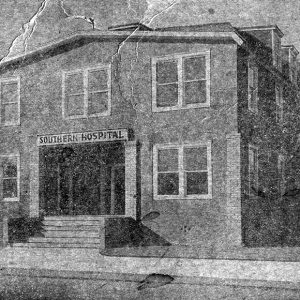 Southern Hospital
Southern Hospital
 J. L. Spence
J. L. Spence
 Fred Taylor
Fred Taylor
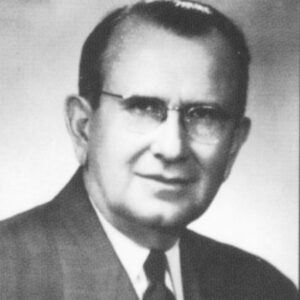 Horace Thompson
Horace Thompson
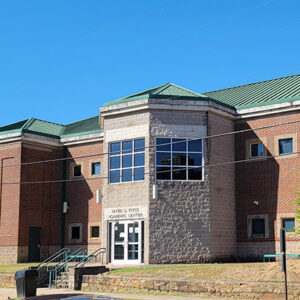 Titus Academic Center
Titus Academic Center
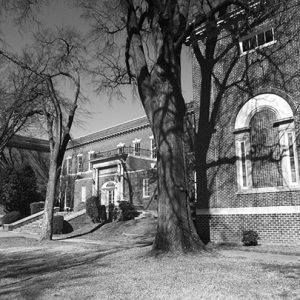 U. M. Rose School
U. M. Rose School
 UA Aerial View
UA Aerial View
 UA Little Rock Housing
UA Little Rock Housing
 UAPB Campus Grounds
UAPB Campus Grounds
 UAPB Clock Tower
UAPB Clock Tower
 UAPB Dawson-Hicks Dorm
UAPB Dawson-Hicks Dorm
 UAPB Faculty
UAPB Faculty
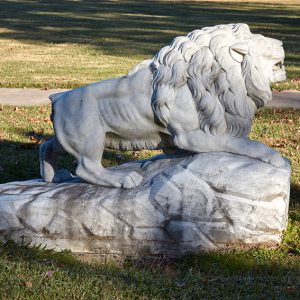 UAPB Lion
UAPB Lion
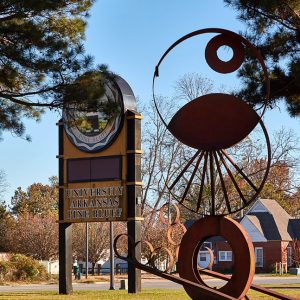 UAPB Sign
UAPB Sign
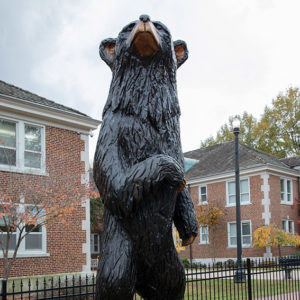 UCA Bear
UCA Bear
University of Arkansas
aka: University of Arkansas, Fayetteville (UA)
University of Arkansas at Fort Smith (UAFS)
University of Arkansas at Little Rock
aka: UALR
aka: UA Little Rock
University of Arkansas at Monticello (UAM)
University of Arkansas at Pine Bluff (UAPB)
 UACCM Campus
UACCM Campus
 UA Football Team
UA Football Team
University of Central Arkansas (UCA)
University of the Ozarks
 Walker Center
Walker Center
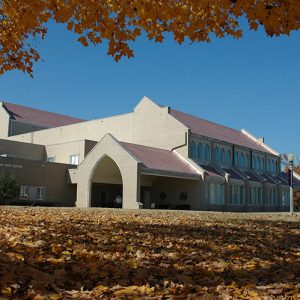 Walton Fine Arts Center
Walton Fine Arts Center
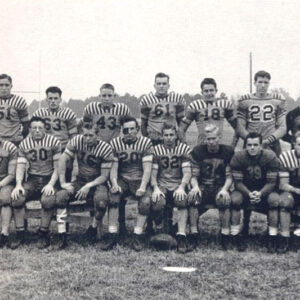 Wandering Weevils
Wandering Weevils
 Wells Hall
Wells Hall




